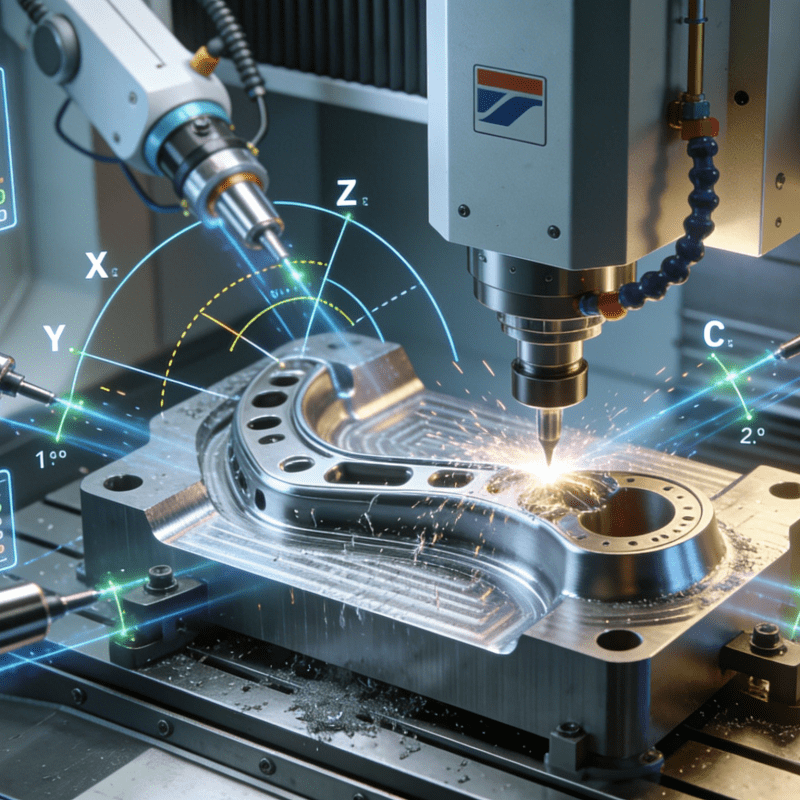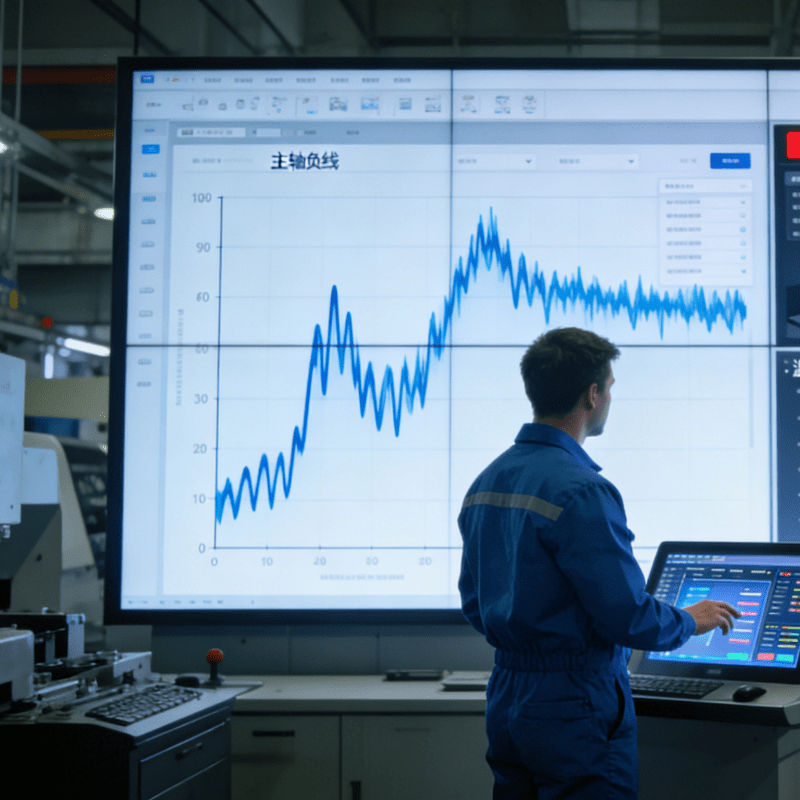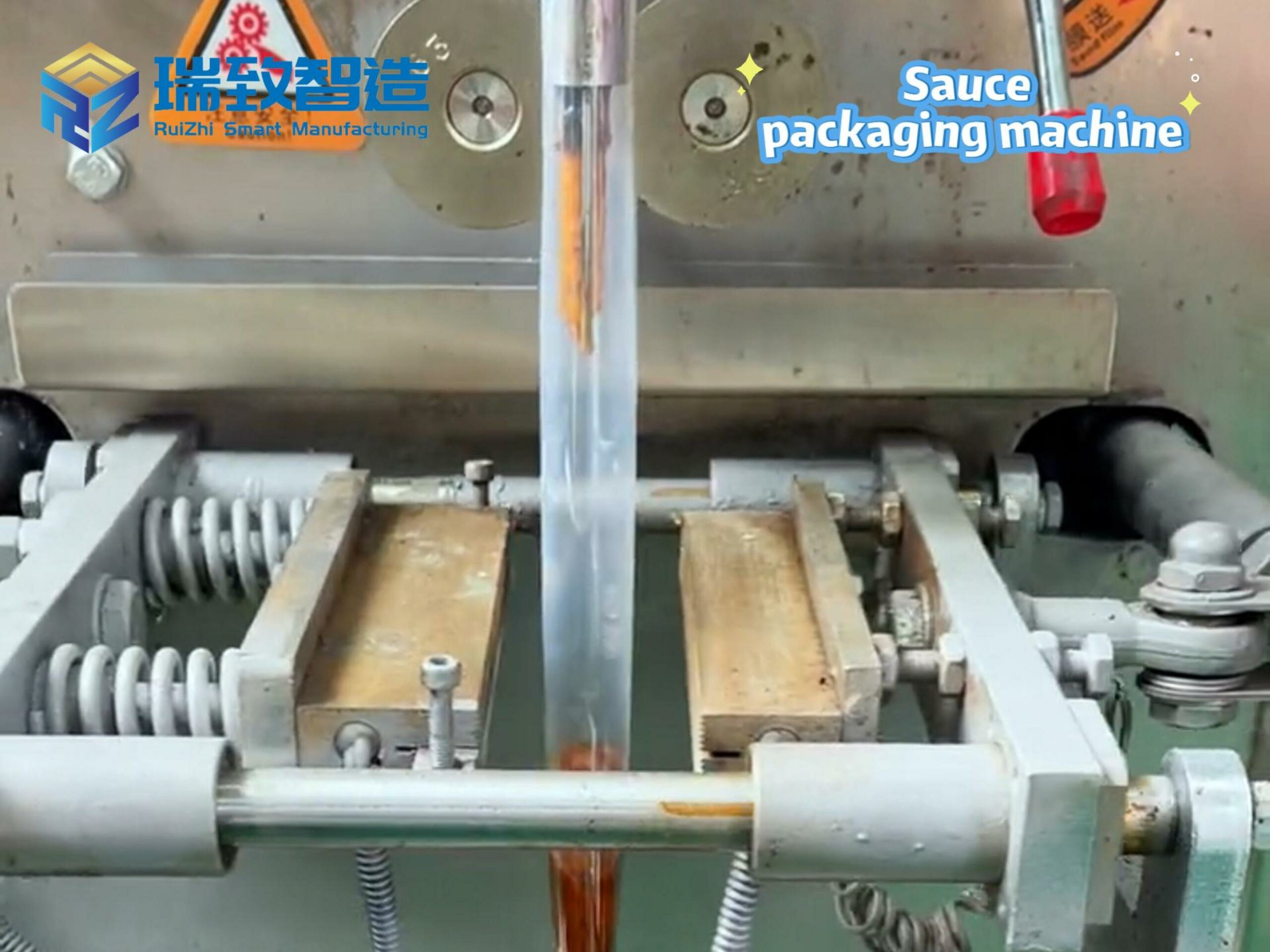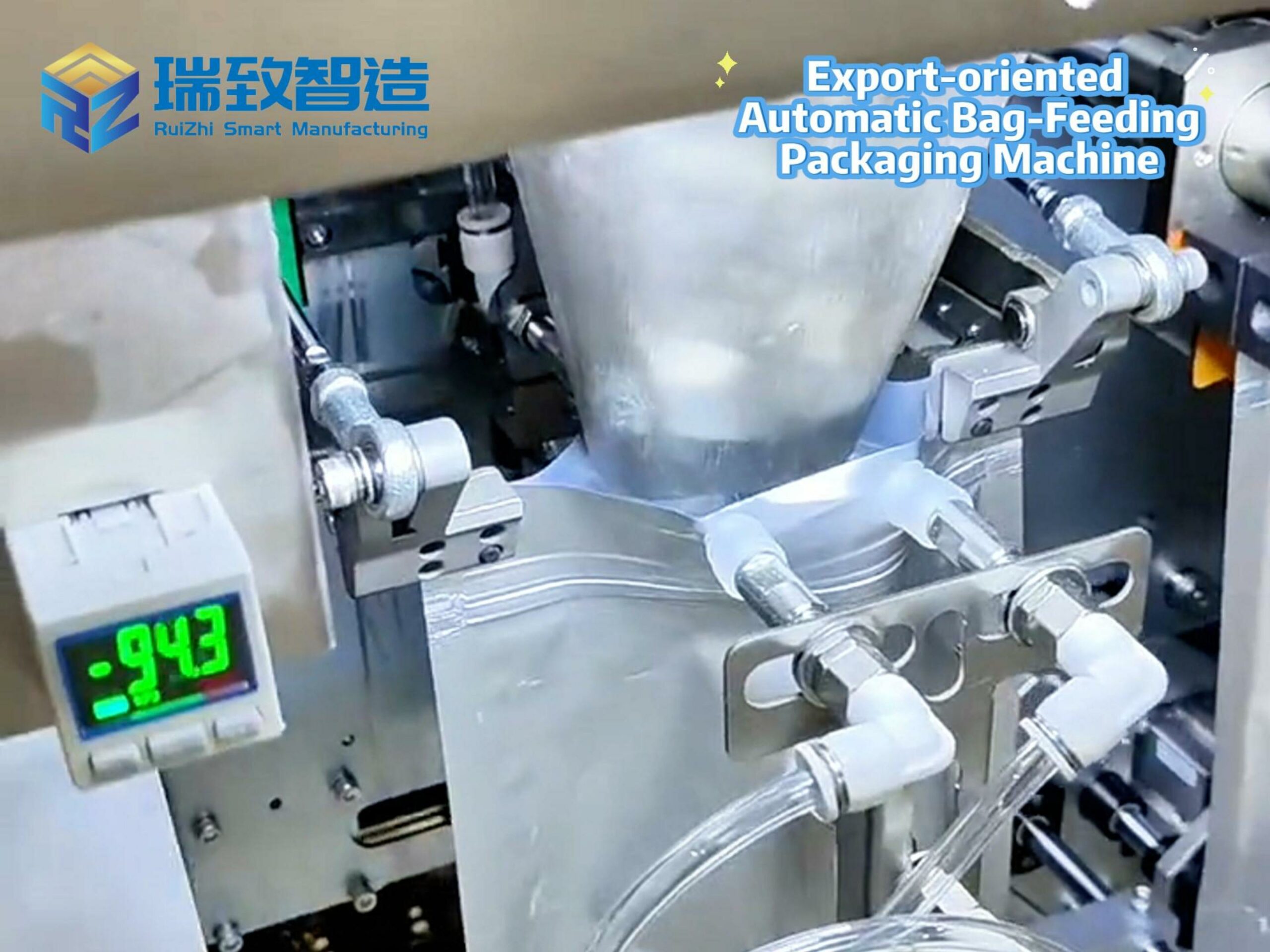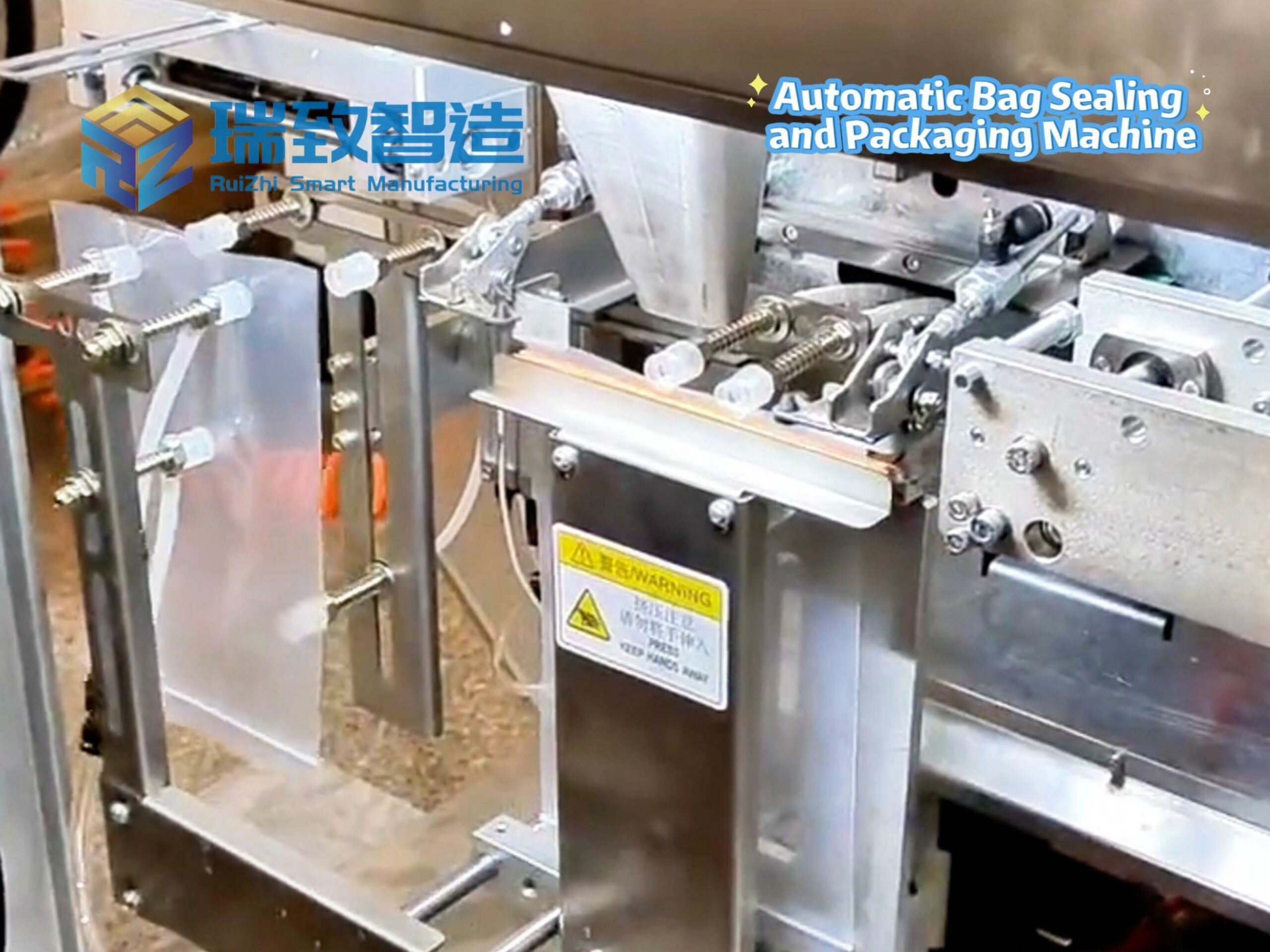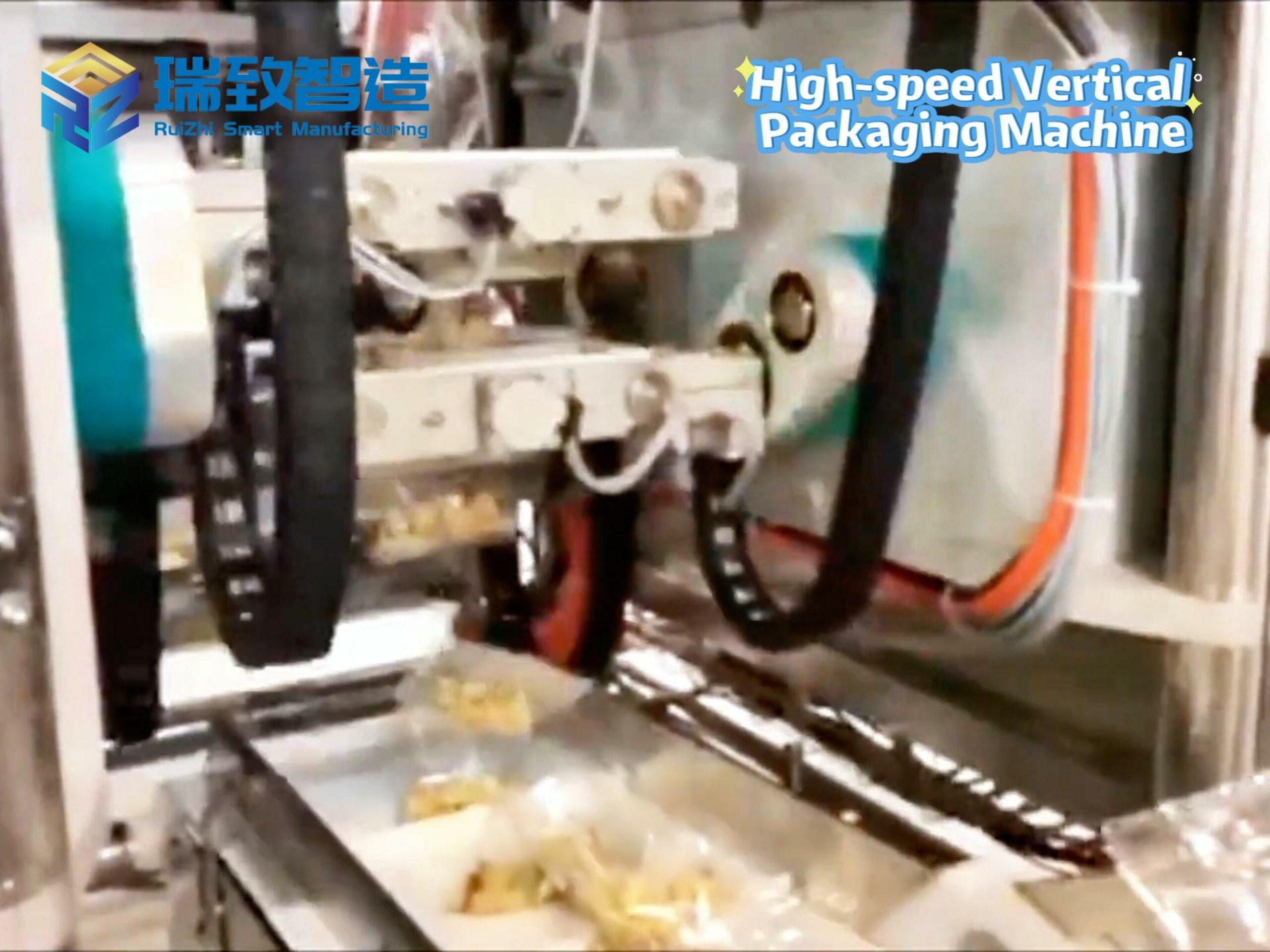
Key Points:
The use of robotics in medical device manufacturing helps improve patient safety and shorten recovery times.
Hospitals and healthcare institutions benefit from surgical and rehabilitation robots, which can operate with extremely high precision.
Manufacturers achieve higher precision, lower costs, and greater reliability in producing medical devices.
Robotics is profoundly transforming the medical industry, with its impact felt everywhere from clinical applications to medical device manufacturing. In recent years, robotic automation has driven advancements in surgical systems, such as the da Vinci Surgical System, enabling surgeons to perform minimally invasive procedures with less trauma, faster recovery, and lower risks. This not only enhances patients’ treatment experience but also reduces hospital stays and operational costs for healthcare facilities.
Meanwhile, medical robots are being applied in rehabilitation, telemedicine, pharmacy automation, disinfection, and care assistance, significantly expanding the boundaries of medical technology. The global medical robotics market is projected to exceed $45 billion by 2030, a trend that underscores the strategic importance of robots in the healthcare system.
Application Scenarios of Medical Robots
Surgical Robots
Minimally invasive operations, reducing trauma and blood loss
Improved surgical precision and safety
Enabling remote surgery, breaking geographical barriers
Rehabilitation Robots
Exoskeleton devices help patients recover mobility after strokes or accidents
Provide personalized rehabilitation plans to shorten recovery cycles
Telemedicine and Diagnostic Robots
Telemedicine robots enable cross-regional consultations, allowing doctors to observe patients in real time
AI-driven diagnostic robots can quickly analyze medical images and medical records
Service and Care Robots
Accompany and monitor the elderly, providing a sense of security and auxiliary care
Pharmacy robots handle medication distribution and dispensing, reducing human errors
Robotics in Medical Device Manufacturing: Precision and Efficiency
The manufacturing of medical devices, such as stents, pacemakers, and surgical instruments, requires extremely high precision and consistency. The application of robotics in this field has
brought revolutionary changes:
Micron-level assembly and inspection: Robots can handle tiny part fits that are difficult for humans to achieve, ensuring product reliability and safety.
Visual inspection and defect removal: Through machine vision, robots can real-time detect defects, reducing waste and improving product quality.
Collaborative robots (Cobots): Working alongside engineers, they provide flexibility and high production capacity, ensuring order fulfillment even with staffing shortages.
Intelligent material handling: Reducing loss of expensive components, particularly impactful in the production of orthopedic and cardiovascular devices.

In the production of precision metal components, Automatic feeding equipment for small metal sheets forms a closed loop with robotic processing systems. It can accurately convey medical-grade stainless steel sheets with a thickness of 0.1-0.5mm. Using magnetic levitation feeding tracks combined with visual positioning, the sheet positioning error is controlled within ±0.02mm, providing stable raw material supply for stamping high-precision components such as surgical blades and implantable device housings. Compared to manual feeding, this reduces material waste by 90% while increasing single-shift productivity by 50%.
AI-driven production optimization: Robots no longer merely execute tasks but also propose improvements through data analysis, helping enterprises reduce manufacturing defects by approximately 25% and operational costs by 30%.
This trend of intelligent automation is driving the medical manufacturing industry into a new era.
Why Robotics is a “Game Changer” in Medical Device Manufacturing
Reducing Costs and Improving Efficiency
Through automated production and inspection, enterprises can reduce labor costs and raw material waste.
Enhancing Quality and Safety
Robots integrated with tactile sensors, machine learning, and vision systems can perform extremely delicate tasks, reducing human errors.
Driving Medical Innovation
Surgical robots break the limits of traditional surgery, making complex procedures possible.
High precision in manufacturing ensures the reliability of medical devices, indirectly improving patient treatment outcomes.
Strengthening Patient and Industry Trust
High-quality, low-risk medical products and surgical results increase patient confidence and enhance the reputation of healthcare institutions and manufacturers.
Future Outlook: A New Chapter in Intelligent Medical Manufacturing
As artificial intelligence further integrates with robotics, future medical robot systems will be more than just executors—they will be intelligent assistants:
Real-time data analysis: Predicting potential risks in advance through continuous monitoring.
Adaptive learning: Self-optimizing operations based on different production and medical scenarios.
Decision support: Providing more scientific references for doctors and managers.
Healthcare institutions and manufacturing enterprises that invest in these cutting-edge technologies early will gain advantages in future competition, reducing costs while establishing an excellent brand reputation in the global market.
Conclusion
Robotics is not intended to replace doctors and engineers but to enhance their capabilities. It enables surgeons to perform high-difficulty operations, allows engineers to produce more precise devices, and helps patients receive safer and more efficient medical services.
With the deep integration of robotics and artificial intelligence, the medical industry is moving toward a more intelligent, precise, and human-centric new era.
Frequently Asked Questions:
What is the role of robots in medical device manufacturing?
Answer: Robotics in medical device manufacturing ensures accuracy, uniformity, and productivity. Equipped with precision machinery, robots minimize the need for manual supervision, perform complex operations, and enable the medical device industry to easily meet regulatory standards.
How do robots improve the quality of medical devices?
Answer: Robots help ensure accuracy, detect defects earlier, and maintain device consistency. This reduces defects and improves product reliability, which is essential for meeting quality and safety standards in the medical industry.
Is robotics cost-effective in medical device production?
Answer: Although initial capital investment may be high, robotic systems can reduce labor expenses, minimize waste, and limit errors in the production process. Their ability to operate continuously also means increased output, leading to long-term savings.
What types of robots are used in medical device manufacturing?
Answer: Industrial robots, collaborative robots (cobots), and vision-guided systems are increasingly dominant in assembly, inspection, packaging, and material handling. These systems are particularly advantageous in flexible manufacturing systems as they can easily adapt to different tasks.
How does artificial intelligence integrate with robotics in medicine?
Answer: The combination of robotics and artificial intelligence is highly promising, offering real-time monitoring, adaptive learning, and predictive adjustment capabilities. It also significantly improves the precision, efficiency, and safety of medical devices in both production and surgical use.
Automation engineering of production lines in the automotive industry
AI production line automation robots in the automotive industry


